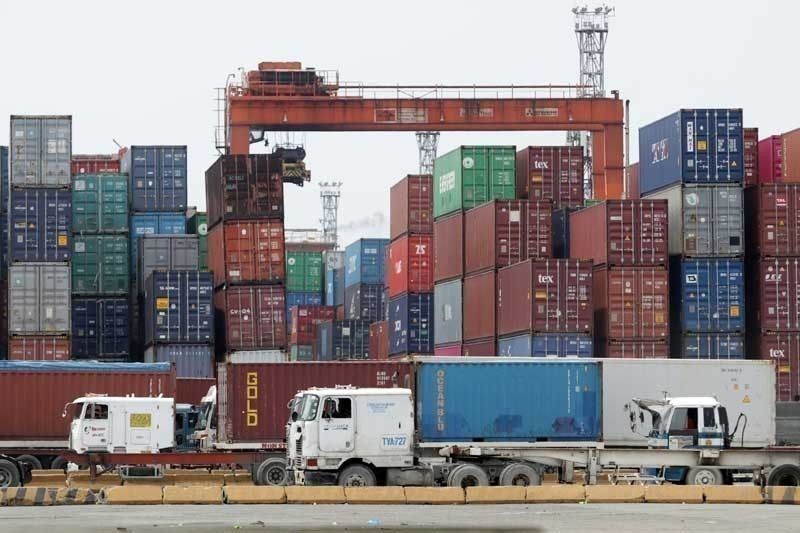Trade gap widens to $4.69 billion in November

MANILA, Philippines — The country’s trade deficit in November widened to a seven-month high as imports left negative territory, while exports continued to decline.
Preliminary data from the Philippine Statistics Authority (PSA) yesterday showed the balance of trade in goods – the difference between exports and imports – amounted to a $4.69-billion deficit in November 2023, a 26-percent increase from the $3.72 billion shortfall in the same month in 2022.
The November trade gap was the widest in seven months or since the $4.84 billion shortfall in April 2023. It is also wider than the $4.39 billion deficit in October 2023.
Imports amounted to $10.820 billion in November, up slightly from $10.817 billion in the same month in 2022. This marked the first time that imports posted a slight gain since the 4.2 percent gain in January 2023.
Electronic products accounted for the biggest imports value at $2.21 billion or 20.4 percent of the total in November.
China remained the largest source of Philippine imports at $2.72 billion or 25 percent of the country’s total imports in November 2023.
Meanwhile, the country’s export sales dropped by 13.7 percent to $6.13 billion in November from $7.10 billion in the same month in 2022.
“The struggles of the export sector can be tagged to softening demand for our mainstay electronics sector. With global trade subdued and a reported oversupply of basic electronics subcomponents, exports have faced a challenging year,” ING Bank senior economist Nicholas Mapa said in an email.
Electronic products remained the country’s top export, accounting for 56 percent of export earnings in November.
The value of the country’s electronic exports, however, went down by 24.7 percent, to $3.44 billion in November from $4.56 billion in the same month in 2022.
The US remained the top destination of Philippine exports in November, accounting for $970.22 million or 15.8 percent of the total for that month.
Mapa said the decline in exports is expected to continue this year, with global trade still likely to remain lackluster as major economies face the backlash from an extended period of policy tightening.
“The US, whether or not it will be able to execute a soft landing, is still projected to face slower growth in 2024 and this could impact global trade, including exports from the Philippines,” Mapa said.
From January to November, the country’s trade deficit narrowed to $48.98 billion from $53.72 billion in the same period in 2022.
Both imports and exports posted declines.
In particular, the country’s imports slid 8.6 percent to $116.01 billion in the January to November period from $126.90 billion in the same period of 2022.
Export sales dipped 8.4 percent to $67.03 billion in the January to November period from $73.18 billion in the same period in 2022.
- Latest
- Trending































